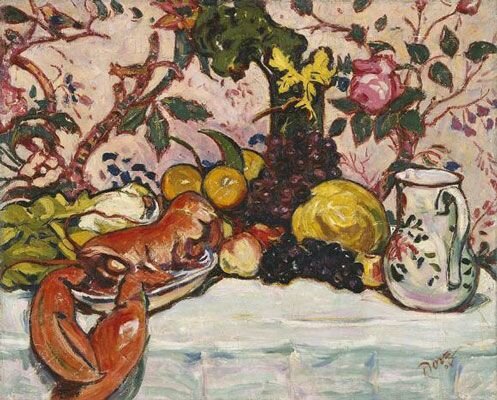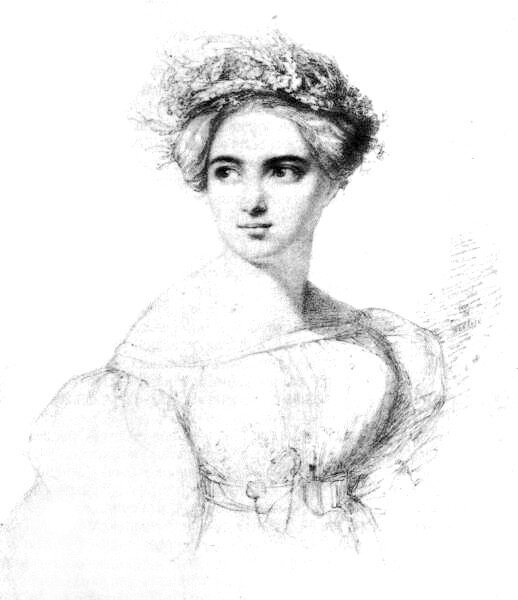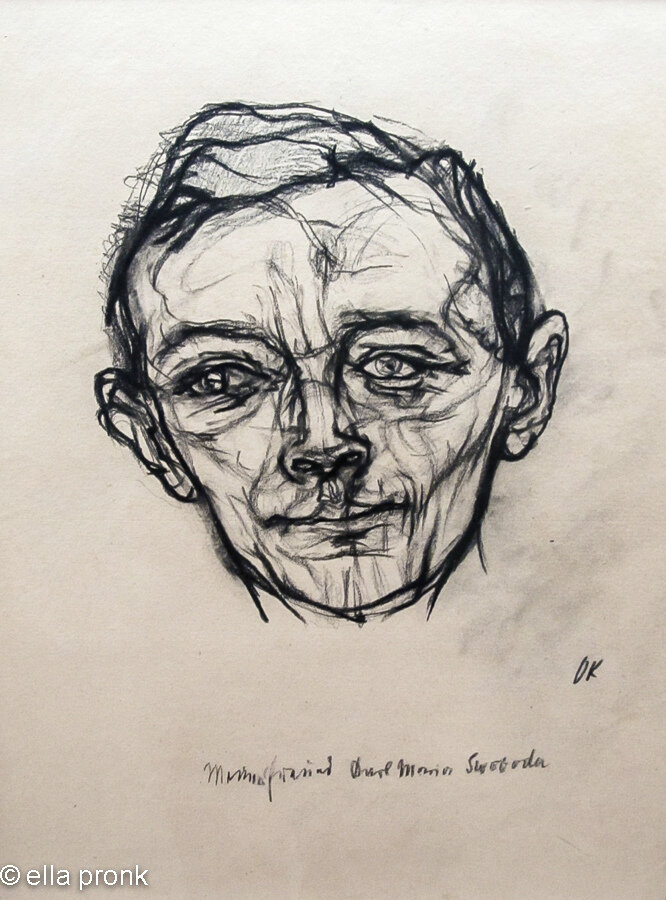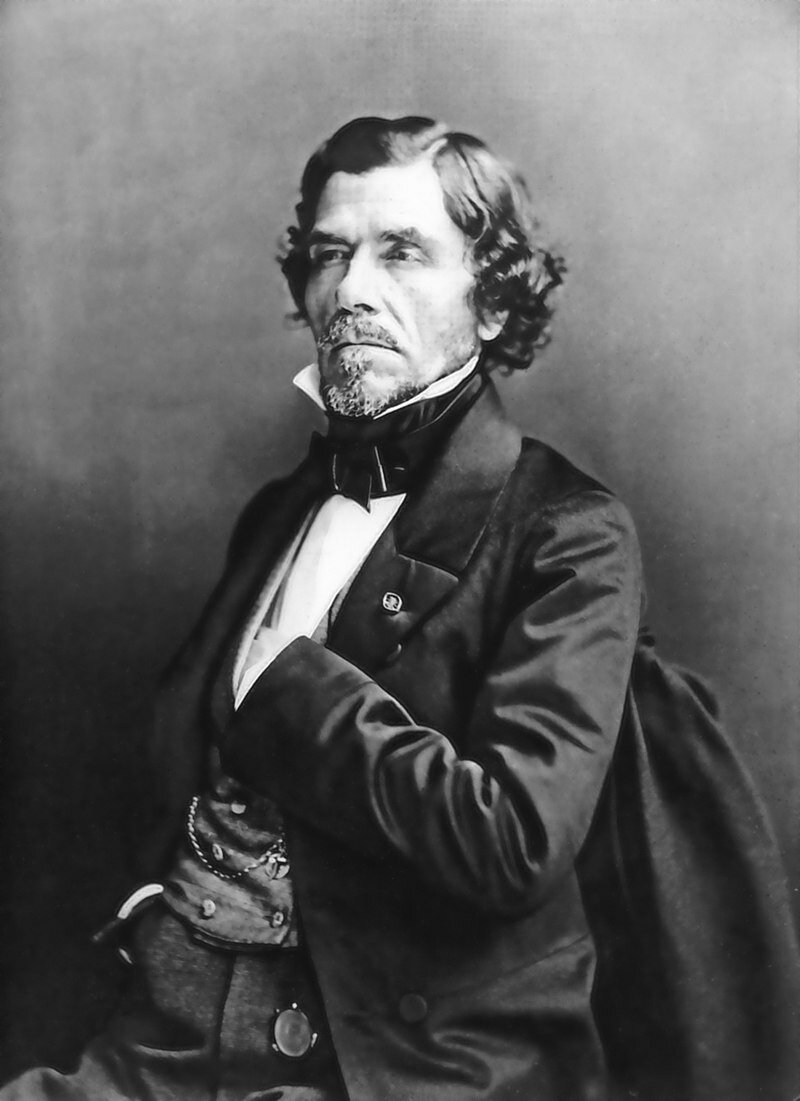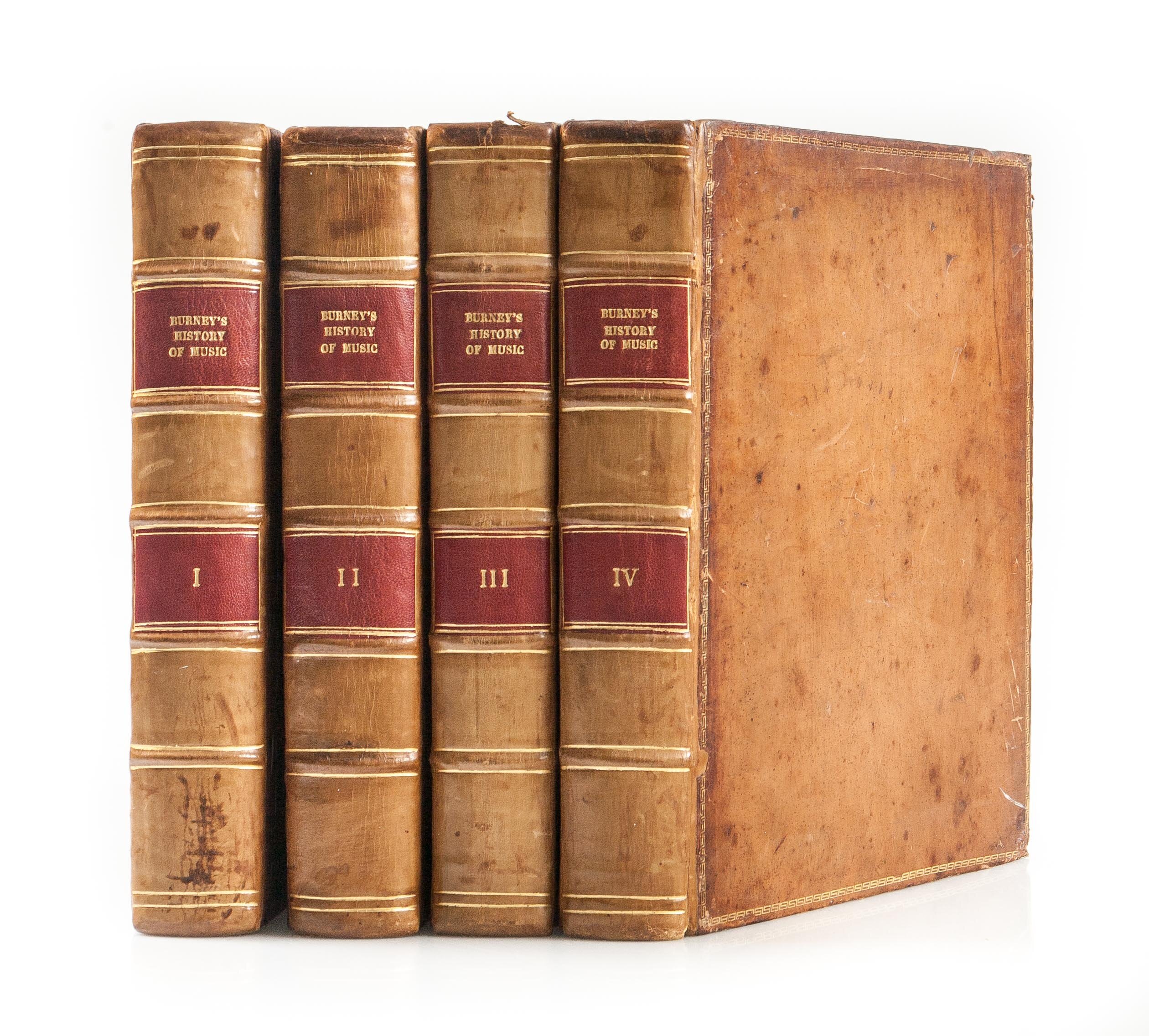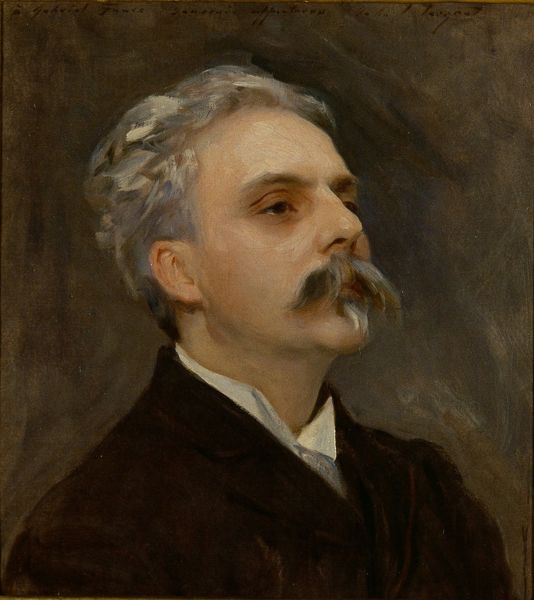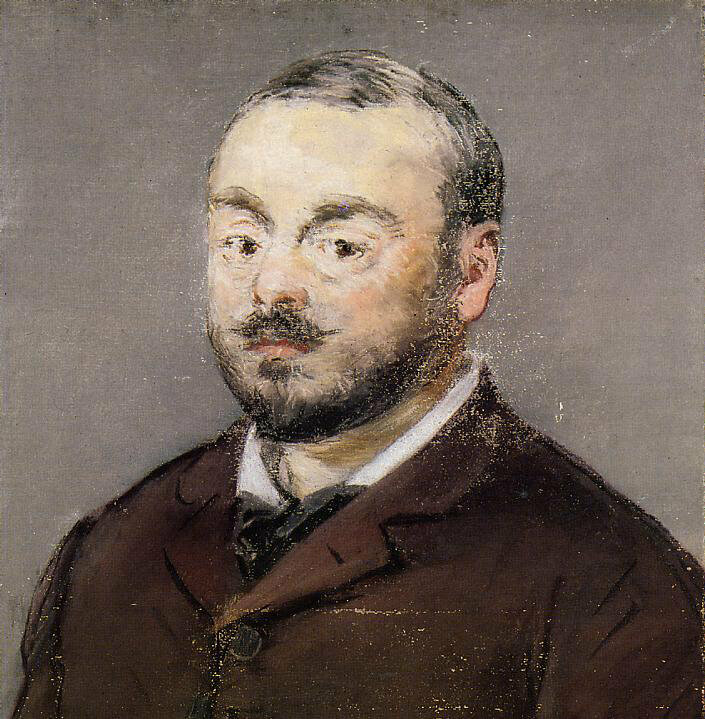George Gershwin started on Broadway and finished on the opera stage. Along the way, he wrote the music that seemed to define the spark and light of the early American 20th century. The roaring 20s and Gershwin’s magic were brought
Painting
When you see ‘Mendelssohn,’ your first thought might be of Felix, but this is about Fanny Mendelssohn, Felix’s older sister.
When you get two modern artists together, something special happens. In this case we have a composer/painter in Arnold Schoenberg and the Russian painter Wassily Kandinsky. As the story goes, in early January 1911, Kandinsky, who was in Munich, went
The Viennese art historian Karl Swoboda (1889-1977) sponsored concerts at his home in 1920. One of those present was the artist Oskar Kokoschka. As he listened, he drew 20 chalk portraits of two women in the audience, one of whom
In a sense, Chopin (1810-1849) occupied two worlds. In Poland, he was Fryderyk Franciszek Chopin of Warsaw. And, after age 21, when he had settled in Paris, he was Frédéric François Chopin. This Polish/European duality drove his life.
Charles Burney (1726-1814) took on the three roles of music historian, composer, and musician. His first music books, The Present State of Music in France and Italy… (London, 1771) and The Present State of Music in Germany, the Netherlands, and
French composer Gabriel Fauré (1845-1924) had his musical talent recognized early and went on to become one of the most advanced and influential composers of his time. He held a number of church position as organist, and in 1871, he
If you hang around in the arts, then you hang around with lots of kinds of artists – musicians don’t just pal around with other musicians but add all kinds of artists into their circles. Some of these circles, such

